Archaeological Sites
Long before the indigenous peoples met by the colonizers at the time of the Portuguese colonies, the first inhabitants of this continent lived in this region. They were nomadic communities that have inhabited this territory for thousands of years. Their habits are known today thanks to the sambaquis, deposits of shells, waste, and even human bodies left on this kind of landfill that can reach a height of up to twenty meters. Among the items most easily found in these deposits are food remains, especially shells of mollusks and gastropods (abundant in the coastal region), remains of bonfires, of buildings, and even of burials. The sambaquis marked stopping points for these nomadic peoples, reaching large dimensions due to the continuous use of the same areas by successive occupations of often distinct cultures. These layers allow us to analyze different moments in the time line of these ancestors. Besides the coast, archeological sites like this can also be found in the Ribeira Valley, associated with the region’s rivers.
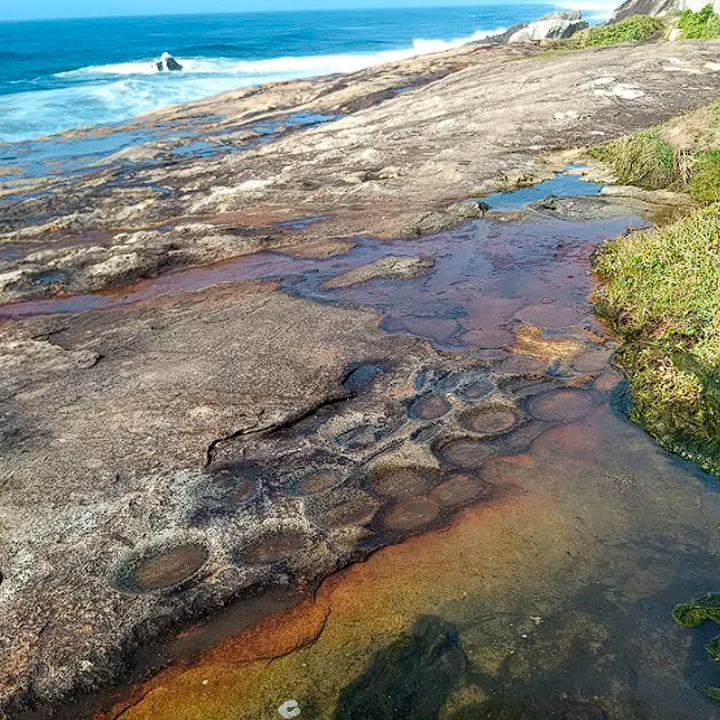
MAIN HISTORICAL CITIES
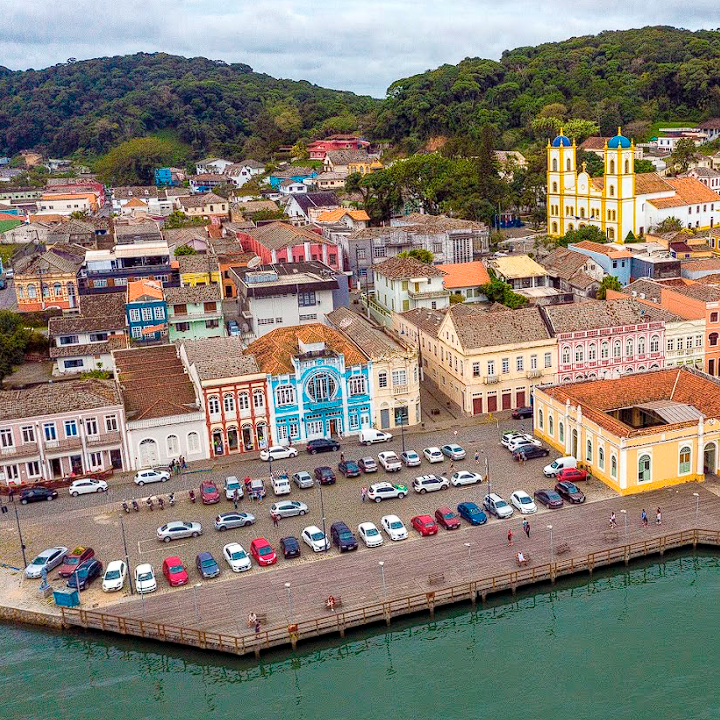
SÃO FRANCISCO DO SUL – SC
São Francisco do Sul is considered the third oldest city in Brazil and the oldest in Santa Catarina. Although there are no official records, it is estimated that in 1504 a French expedition landed on the beaches of the Babitonga Bay, which was inhabited by Carijós Indians, natives of the region. Only in 1641 was the village of Nossa Senhora das Graças do Rio São Francisco officially founded. Not long after, the Portuguese colonization took place starting in 1658, with the beginning of the settlement by people from the state of São Paulo and Portuguese. In 1660, São Francisco was elevated to the category of village.
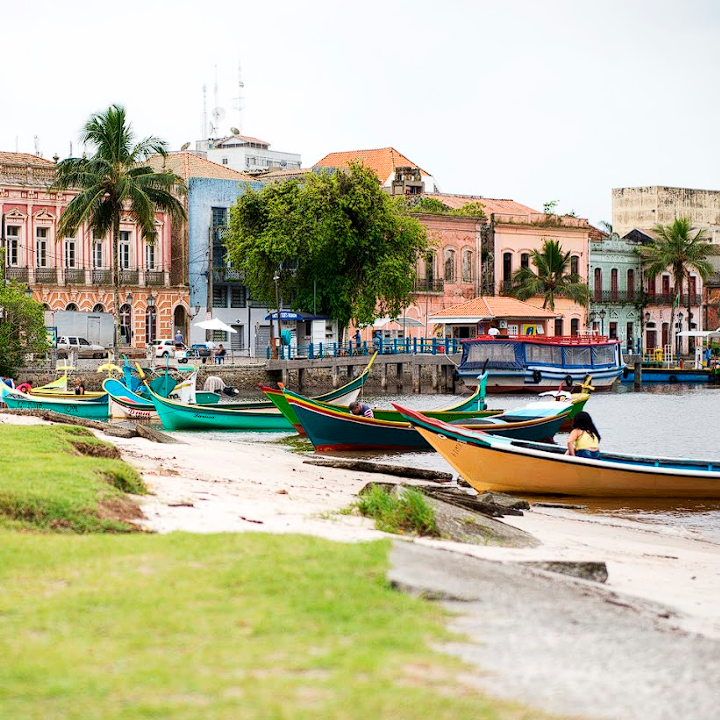
PARANAGUÁ – PR
Paranaguá is a harbor city with great historical importance. It was the first urban center of the State of Paraná, and its occupation took place around 1550, at Cotinga Island, with the beginning of gold mining in Brazil. Later, the commerce between the harbors of Paranaguá, Rio de Janeiro, and Santos began. This region was the object of disputes between Spanish and Portuguese due to its strategic position and the wealth, particularly gold, that started being found nearby. The establishment of the district of Paranaguá dates from 1647 and after about a decade the urban core began to structure itself in the vicinity of the current Mother Church.

ANTONINA – PR
Antonina is strategically positioned at the end of Paranaguá Bay and at the foot of the Serra do Mar mountain range. Its privileged position made it one of the first Brazilian areas explored by the Portuguese Crown. Historical records of its first settlers – mostly gold miners – date back to 1648. The rivers in the region provided a connection to the highlands for the transportation of the products derived from mining. The city was founded in 1714, the year the Mother Church was built in honor of Nossa Senhora do Pilar. With the population growth, due to the gold exploration and the harbor for the unloading and trading of goods, Antonina was raised to the category of town in 1797, having its initial development driven by the gold exploration.
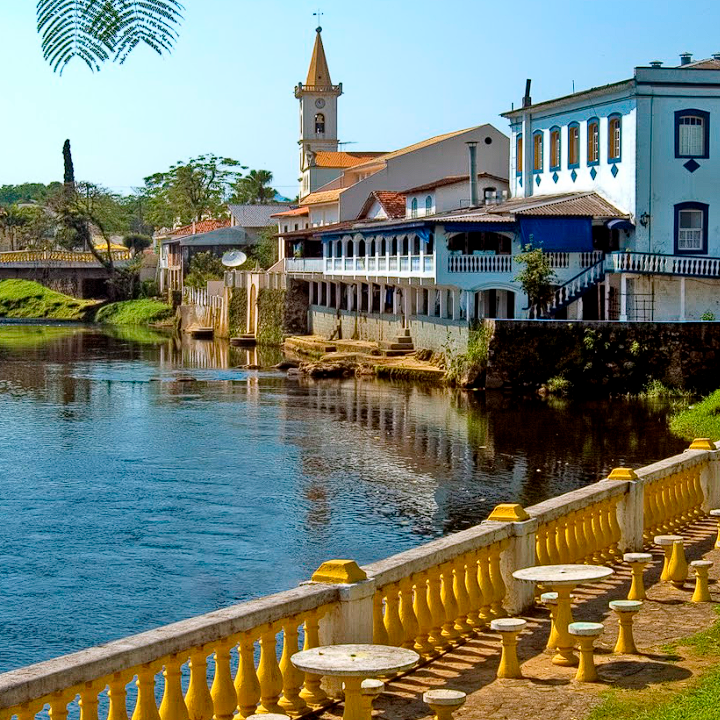
MORRETES -PR
Today Morretes is famous for its restaurants and for its preserved colonial mansions, but until the 16th century it was the land of the Carijós Indians. Just like other villages in the region, the discovery of gold from 1646 on was the great driver of the European occupation, especially miners coming from São Paulo. It was in 1721 that the village of Morretes was officially founded and its name alludes to the several hills of the Serra do Mar that can be viewed from there. The village was built on the banks of the Nhundiaquara River, which still enchants visitors and beautifies the historic center of the city. From this time on, the place experienced significant growth, with the commerce becoming an important stop for travelers up and down the mountains.
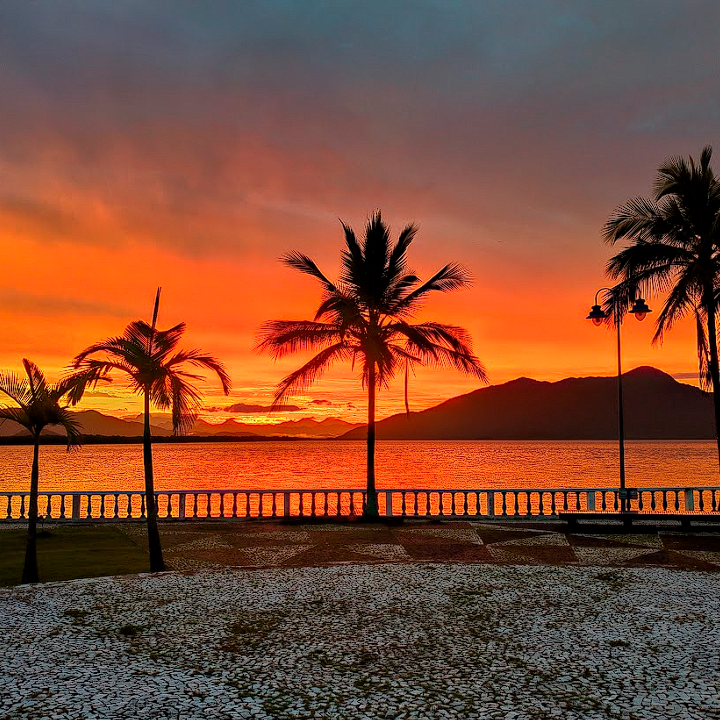
GUARAQUEÇABA – PR
Guaraqueçaba was one of the first points reached by the Portuguese during colonization, around 1545. It was here that the story of Paraná started. Time may have passed, but the town still maintains much of its original features, including the colonial mansions, the central plaza facing the bay, and also the caiçara culture, which can be witnessed on the typical fishing boats or in the Fandango dance circles. In Tupi-Guarani, Guaraqueçaba means the place where the guarás, a species of bird that occurs in abundance in this region, make their nests.
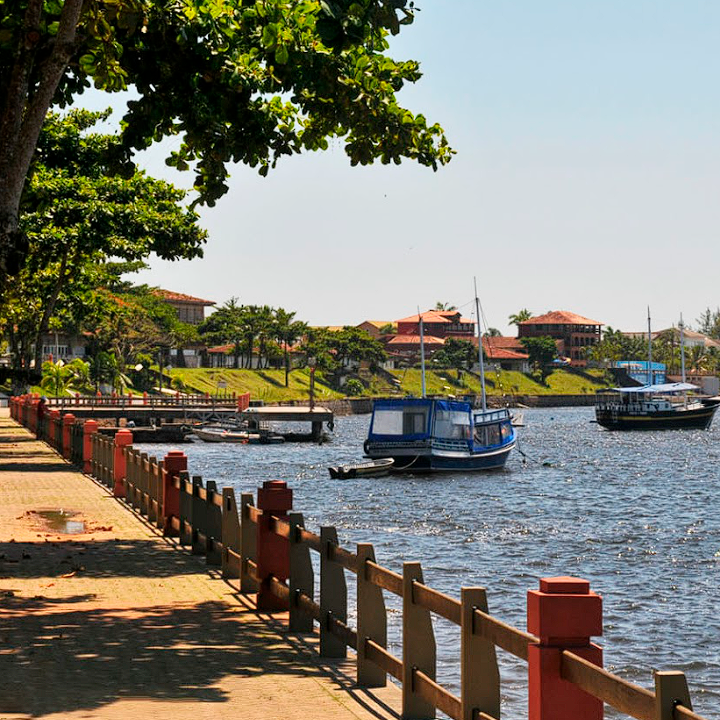
CANANÉIA – SP
The first time the Portuguese colonists docked in this region was as early as 1502, in an expedition registered at the Museum of Discovery in Lisbon, which indicates the region of Cananéia as the second stop of the Portuguese in Brazil, soon after the discovery of Porto Seguro in 1500. In order to better protect their conquests, the Portuguese government founded in 1531 the first city of Brazil, Cananéia. At this time, some Europeans from the first expeditions were already living among the native Carijós Indians in the region. This municipality was located in a very tense zone between Portugal and Spain, as it was precisely where the line of the Treaty of Tordesillas crossed, dividing the world between these two countries. As a result, the history of the town is filled with legends of pirates, buried treasure, and battles, all of which are still remembered today.
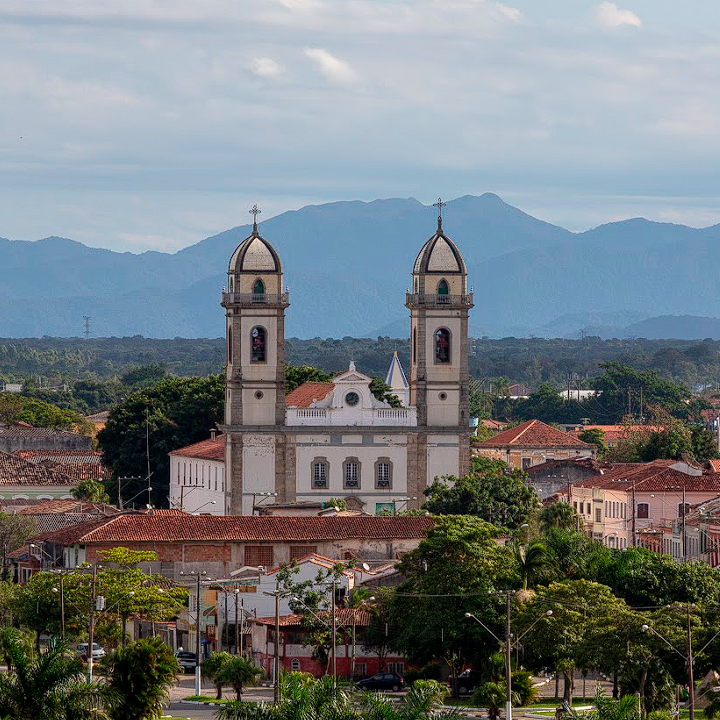
IGUAPE – SP
The name Iguape originates from the Tupi language and means “river inlet”. The town was stage of several historical events. Even before the village was created, in 1532, Spanish troops were in the region and had obtained support from the Carijós Indians who lived in the region. While trying to recover their land, the Portuguese force ended up being ambushed in the mangroves of the Mar Pequeno in the battle that became known as “Entrincheiramento de Iguape”. The counter-attack became known as the “War of Iguape”, when a few years later, forces composed of Spaniards and Portuguese convicts attacked and destroyed the village of São Vicente, located where the city of Santos is today. After this event, the Spanish left for the La Plata River and the region where today is Iguape remained under Portuguese control, but not paying obedience to the crown.





































